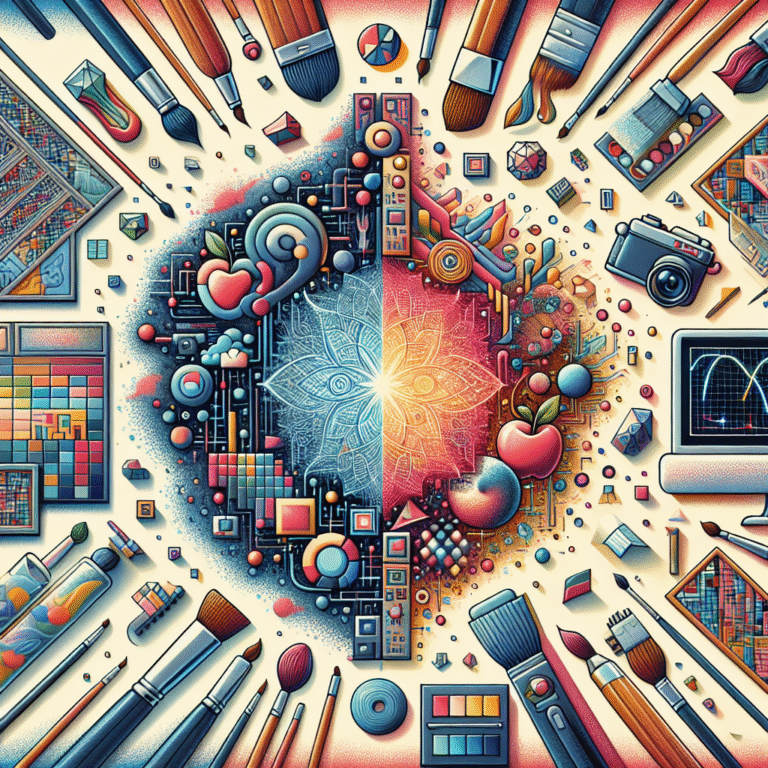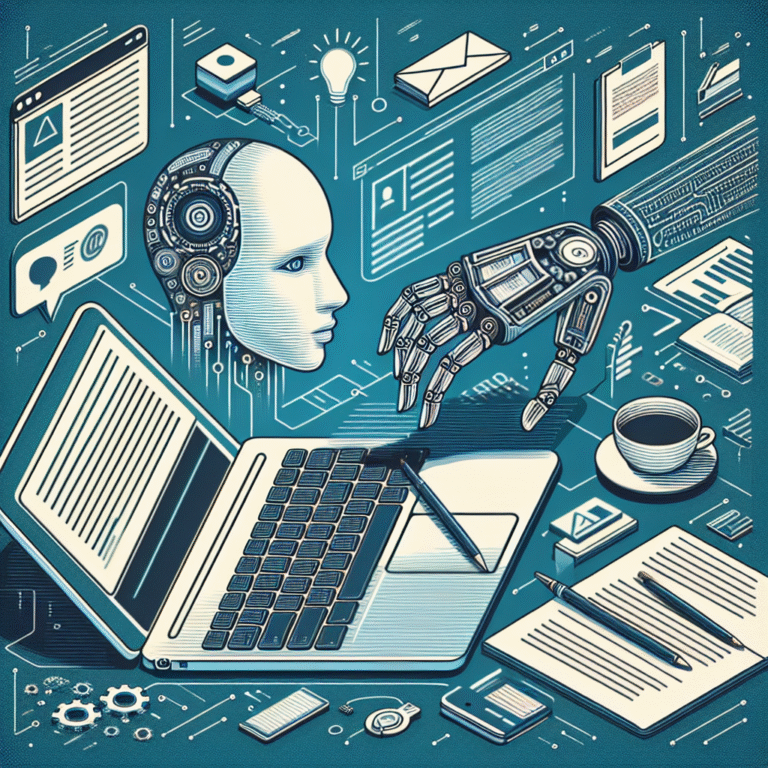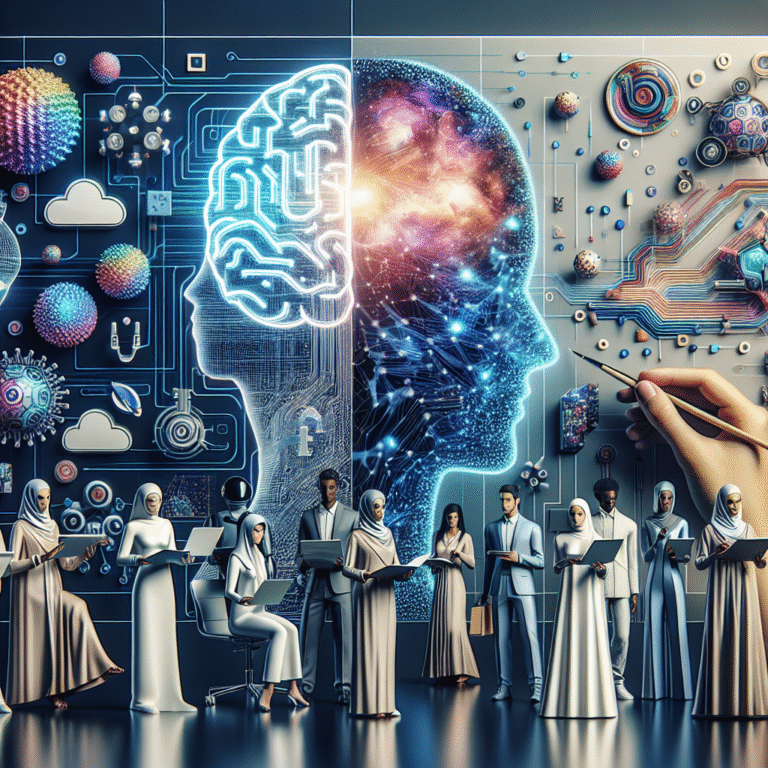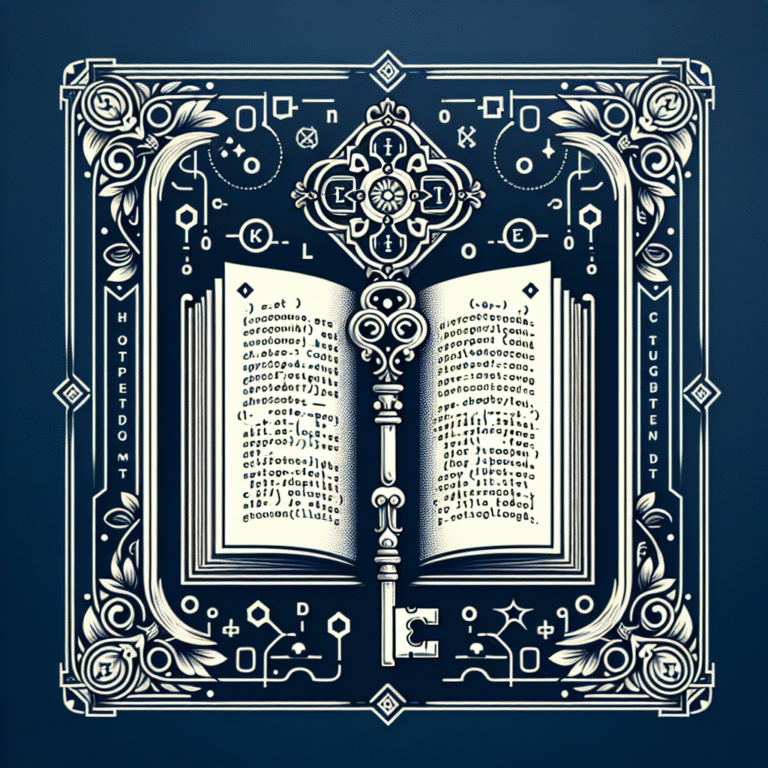How to Make AI Art Prompts: A Comprehensive Guide
p>How to make AI art prompts is a question that has been on the minds of many artists, designers, and enthusiasts who are looking to explore the creative possibilities of artificial intelligence. AI art prompts are essentially instructions or inputs that are given to an AI algorithm to generate a specific type of art or image. The process of creating AI art prompts requires a combination of technical knowledge, creativity, and understanding of the capabilities and limitations of the AI algorithm being used. In this article, we will delve into the world of AI art prompts and provide a comprehensive guide on how to make them. We will cover the basics of AI art, the different types of AI algorithms used for art generation, and provide step-by-step tutorials on how to create effective AI art prompts. Whether you are a seasoned artist or a beginner, this guide will provide you with the knowledge and skills needed to unlock the full potential of AI art.<<
Understanding AI Art
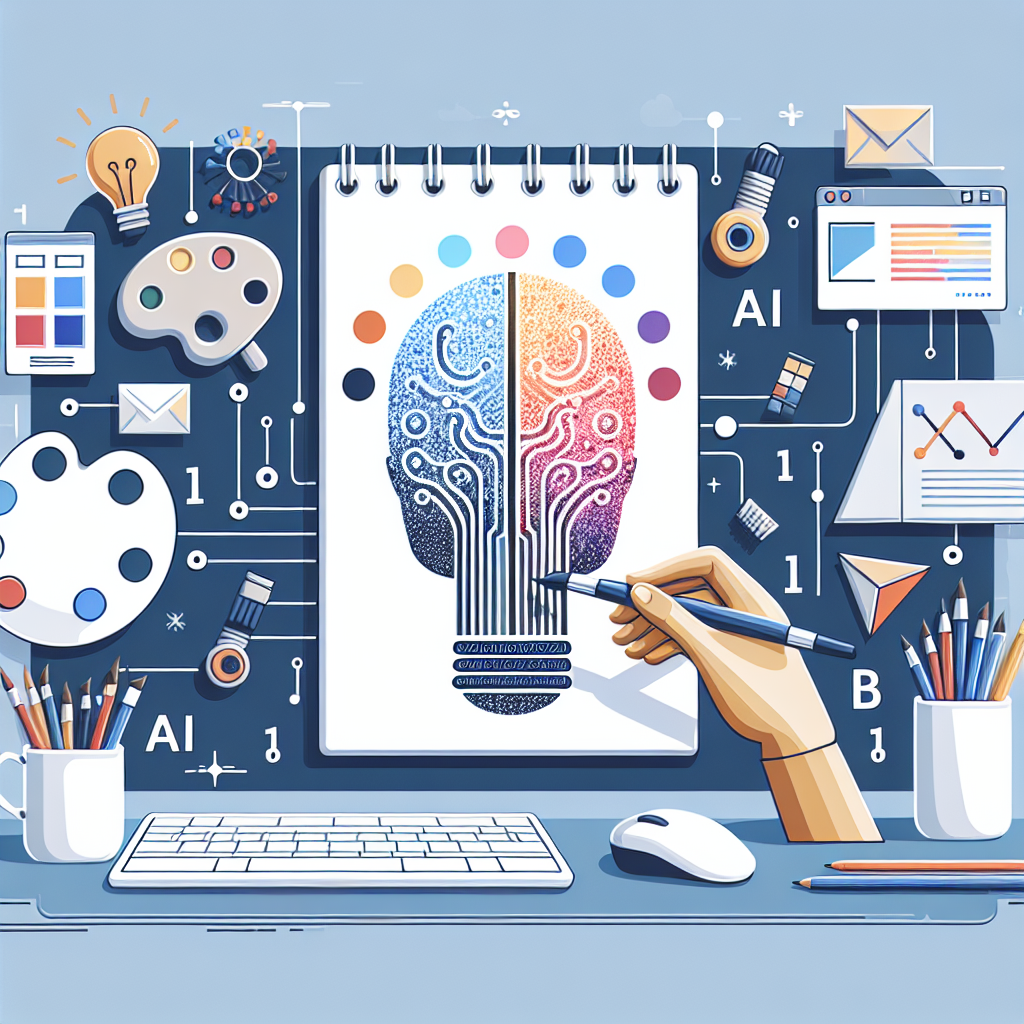 <<
<<
Before we dive into the process of making AI art prompts, it is essential to understand the basics of AI art. AI art refers to the use of artificial intelligence algorithms to generate art, music, or other creative content. The process of creating AI art involves feeding a machine learning model with a large dataset of images, sounds, or texts, which the model then uses to learn patterns and relationships. Once the model is trained, it can be used to generate new content that is similar in style and structure to the training data. AI art has been used in a wide range of applications, from generating realistic images and videos to creating music and even writing scripts.<<
The Role of Prompts in AI Art
<<
Prompts play a crucial role in AI art, as they provide the input or instruction that the AI algorithm uses to generate the art. A prompt can be a text description, an image, or even a sound, and it is used to guide the AI algorithm in generating the desired output. The quality and specificity of the prompt can significantly impact the quality and relevance of the generated art. A well-crafted prompt can help to ensure that the generated art meets the desired requirements, while a poorly crafted prompt can result in art that is irrelevant or of poor quality.<<
Types of AI Algorithms for Art Generation
<<
There are several types of AI algorithms that can be used for art generation, each with its strengths and weaknesses. Some of the most common types of AI algorithms used for art generation include Generative Adversarial Networks (GANs), Variational Autoencoders (VAEs), and Neural Style Transfer. GANs are a type of deep learning algorithm that consists of two neural networks: a generator and a discriminator. The generator network generates new images, while the discriminator network evaluates the generated images and tells the generator whether they are realistic or not. VAEs are another type of deep learning algorithm that can be used for art generation. They consist of an encoder network that maps the input data to a lower-dimensional representation, and a decoder network that maps the lower-dimensional representation back to the original data.<<
Generative Adversarial Networks (GANs)
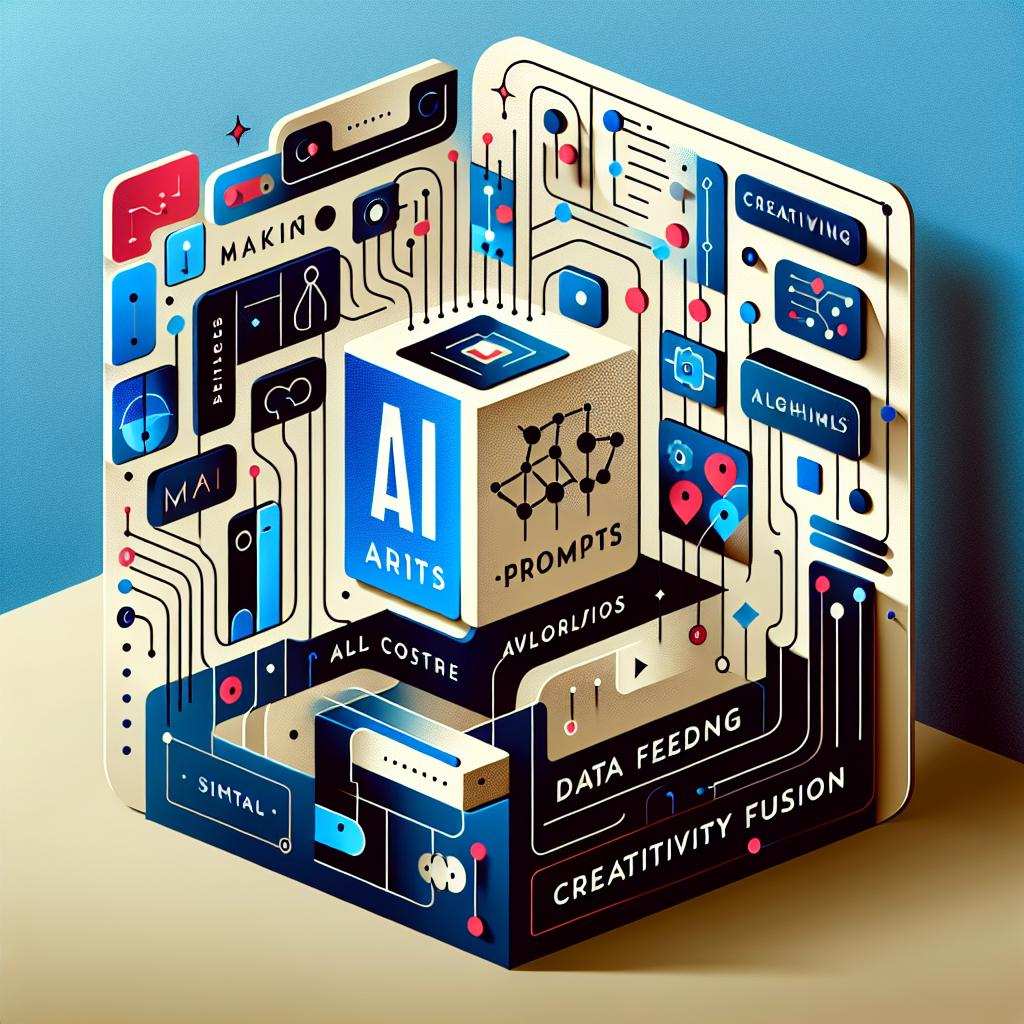 <<
<<
GANs are one of the most popular types of AI algorithms used for art generation. They are particularly useful for generating realistic images, such as faces, objects, and landscapes. GANs can be trained on a large dataset of images, and once trained, they can be used to generate new images that are similar in style and structure to the training data. One of the key advantages of GANs is their ability to generate highly realistic images, which can be used in a wide range of applications, from advertising and marketing to film and video production.<<
Creating Effective AI Art Prompts
<<
Creating effective AI art prompts requires a combination of technical knowledge, creativity, and understanding of the capabilities and limitations of the AI algorithm being used. Here are some tips for creating effective AI art prompts: First, it is essential to understand the capabilities and limitations of the AI algorithm being used. Different AI algorithms are better suited for different types of art generation, so it is crucial to choose the right algorithm for the task at hand. Second, it is essential to provide the AI algorithm with high-quality input data. This can include text descriptions, images, or sounds, and it is crucial to ensure that the input data is relevant and of high quality.<<
Step-by-Step Guide to Creating AI Art Prompts
<<
Here is a step-by-step guide to creating AI art prompts: Step 1: Choose the AI algorithm: The first step in creating AI art prompts is to choose the AI algorithm that you want to use. Different AI algorithms are better suited for different types of art generation, so it is crucial to choose the right algorithm for the task at hand. Step 2: Provide input data: Once you have chosen the AI algorithm, the next step is to provide the input data. This can include text descriptions, images, or sounds, and it is crucial to ensure that the input data is relevant and of high quality. Step 3: Refine the prompt: Once you have provided the input data, the next step is to refine the prompt. This can involve adjusting the parameters of the AI algorithm, such as the learning rate or the number of iterations, to fine-tune the output.<<
Real-World Applications of AI Art Prompts
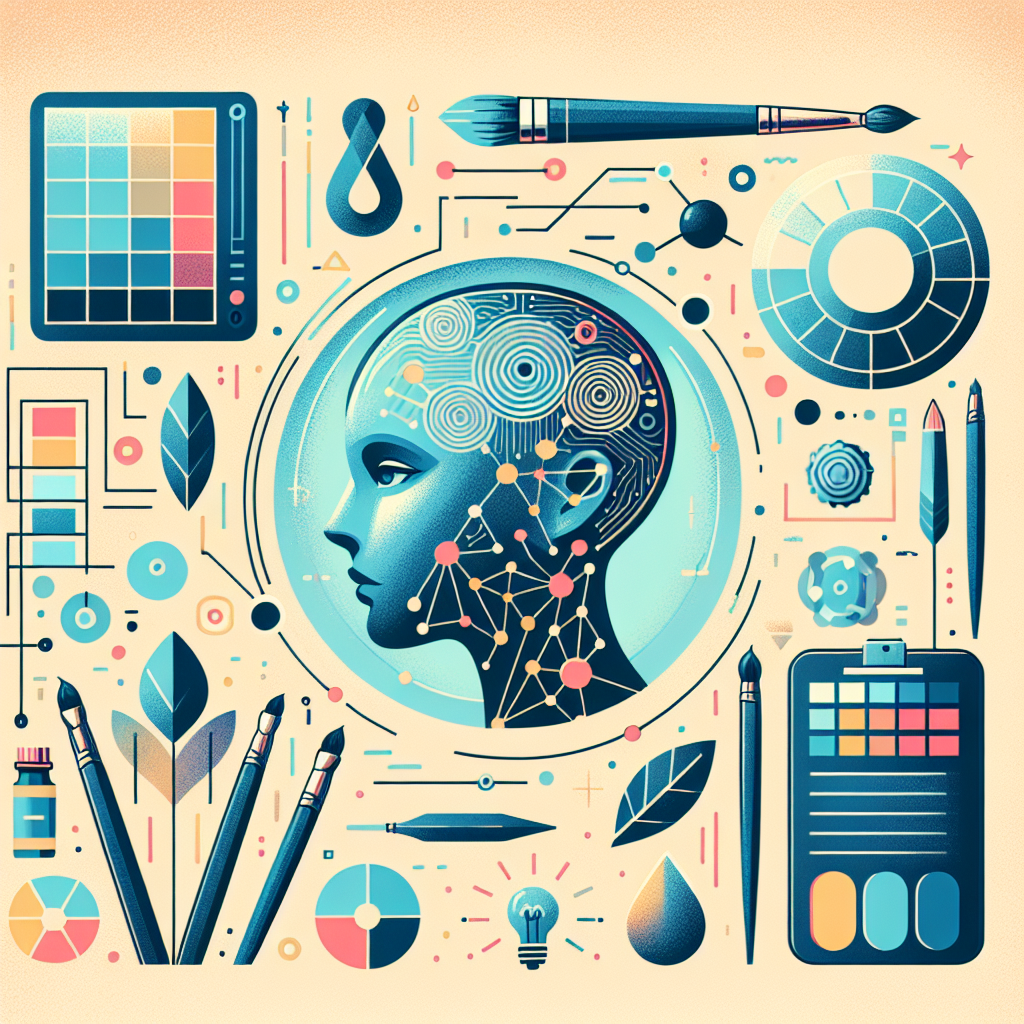 <<
<<
AI art prompts have a wide range of real-world applications, from advertising and marketing to film and video production. One of the key advantages of AI art prompts is their ability to generate highly realistic images, which can be used to create convincing advertisements, special effects, and even entire films. AI art prompts can also be used in the field of education, where they can be used to create interactive and engaging learning materials. Additionally, AI art prompts can be used in the field of healthcare, where they can be used to create personalized and realistic models of the human body.<<
Case Study: Using AI Art Prompts in Advertising
<<
One of the most interesting applications of AI art prompts is in the field of advertising. AI art prompts can be used to generate highly realistic images and videos that can be used to create convincing advertisements. For example, a company that sells outdoor gear could use AI art prompts to generate images of people hiking and camping in beautiful outdoor locations. The AI algorithm could be trained on a dataset of images of outdoor locations, and then used to generate new images that are similar in style and structure to the training data.<<
Conclusion
<<
In conclusion, creating AI art prompts is a complex process that requires a combination of technical knowledge, creativity, and understanding of the capabilities and limitations of the AI algorithm being used. By following the tips and step-by-step guide outlined in this article, you can create effective AI art prompts that can be used to generate highly realistic and engaging art. Whether you are a seasoned artist or a beginner, the world of AI art prompts offers a wide range of creative possibilities and opportunities for innovation and experimentation. With the ability to generate highly realistic images and videos, AI art prompts have the potential to revolutionize a wide range of industries, from advertising and marketing to film and video production. As the field of AI art continues to evolve and improve, we can expect to see even more exciting and innovative applications of AI art prompts in the future.<<
The potential of AI art prompts is vast and largely untapped, and it will be exciting to see how this technology continues to evolve and improve in the coming years. As AI algorithms become more advanced and sophisticated, we can expect to see even more realistic and engaging art generated by machines. The possibilities for innovation and experimentation are endless, and it will be fascinating to see how artists, designers, and other creatives choose to use this technology to push the boundaries of what is possible. Whether you are interested in generating realistic images, creating interactive and engaging learning materials, or simply exploring the creative possibilities of AI, the world of AI art prompts has something to offer.<<
As we look to the future, it is clear that AI art prompts will play an increasingly important role in a wide range of industries and applications. From advertising and marketing to film and video production, the ability to generate highly realistic images and videos will be a key factor in the success of many businesses and organizations. At the same time, the creative possibilities of AI art prompts will continue to inspire and fascinate artists, designers, and other creatives, who will use this technology to push the boundaries of what is possible and explore new and innovative ways of expressing themselves. With its vast potential for innovation and experimentation, the world of AI art prompts is an exciting and rapidly evolving field that is sure to continue to surprise and delight us in the years to come.
